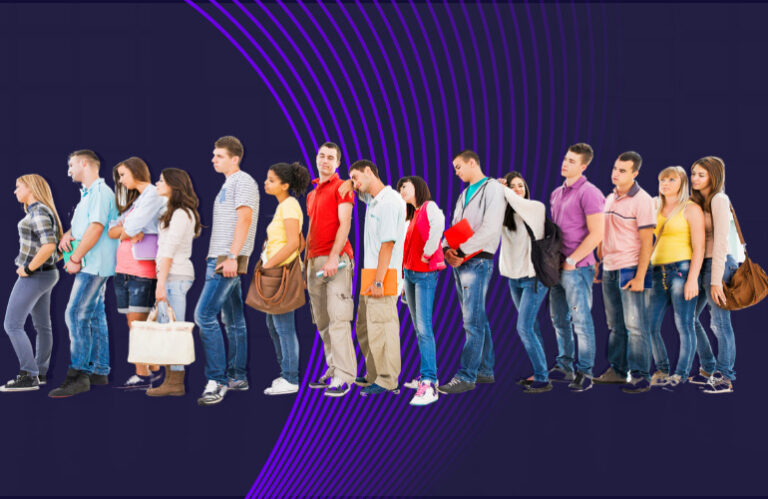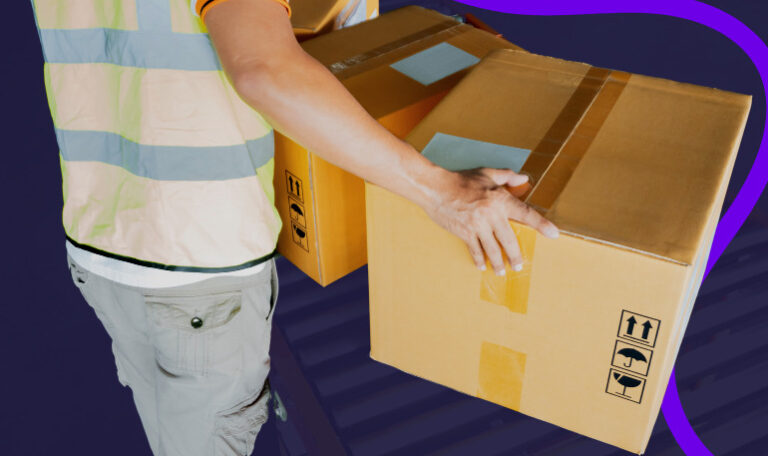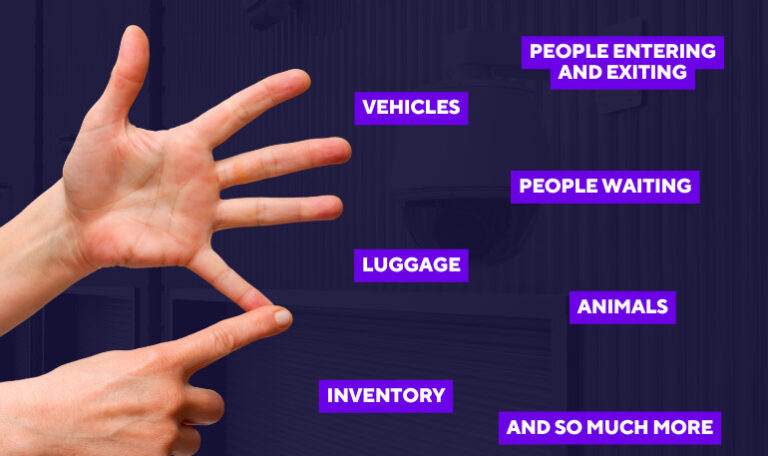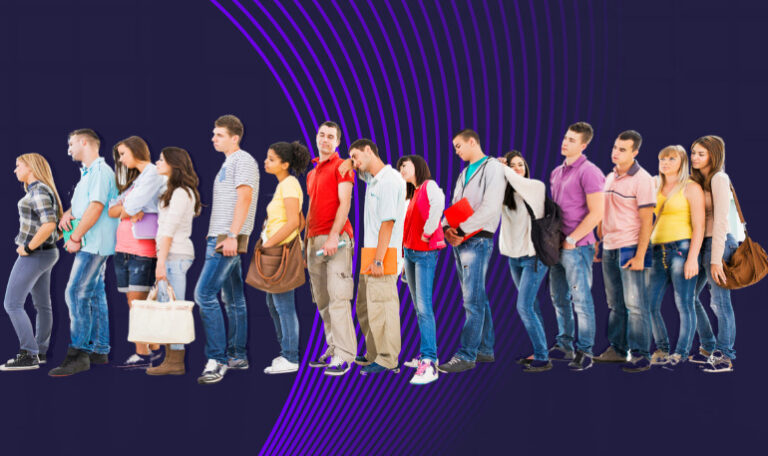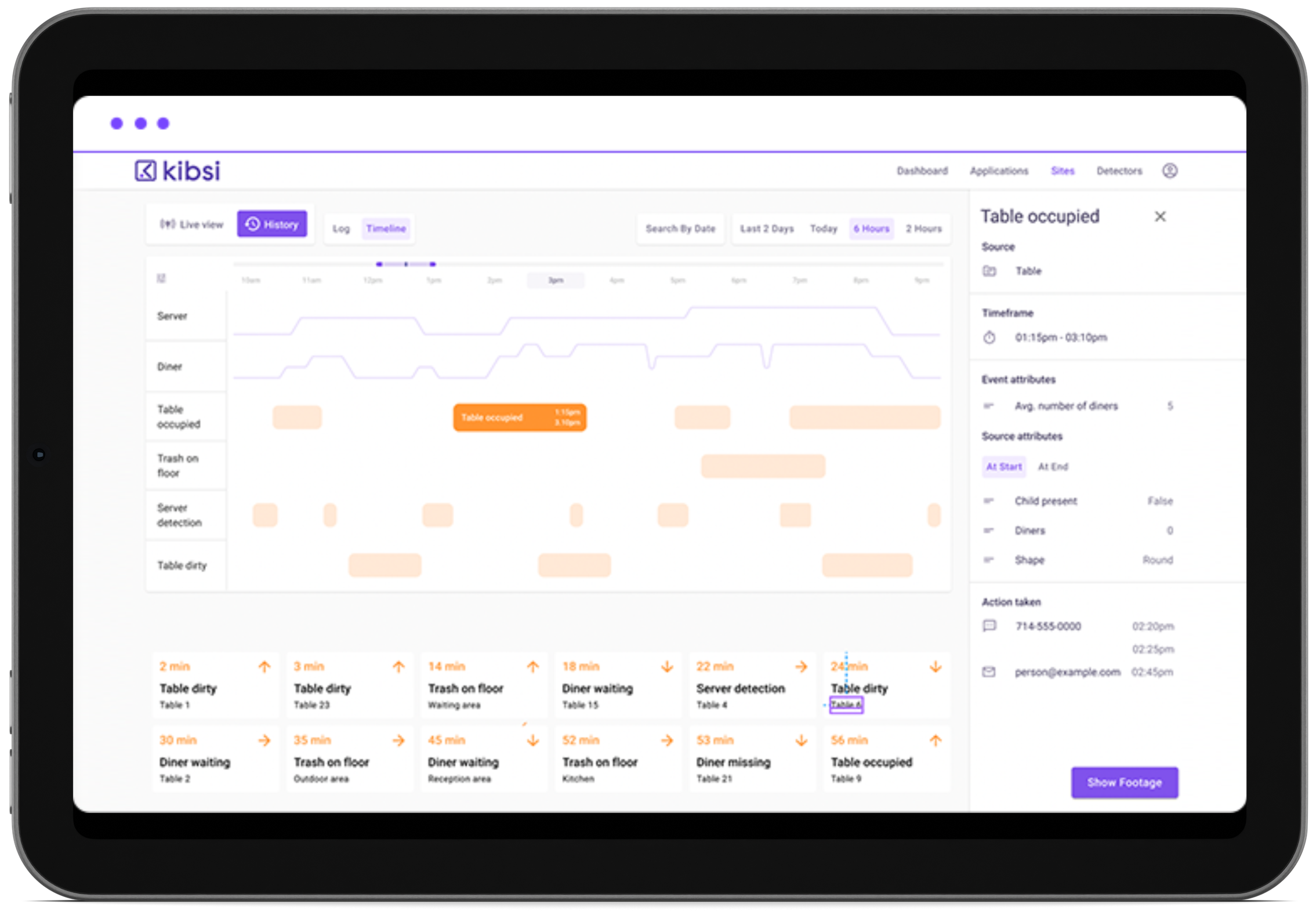In our fast-paced world, time is the one resource we can’t manufacture more of. Yet, we find ourselves spending a significant portion of it waiting – in retail queues, for restaurant tables, and in healthcare facilities. Indeed, reports suggest that the average American spends approximately 37 hours waiting in line each year. This wasted time isn’t just a frustration for customers and patients; it’s a tangible cost to organizations.
The Waiting Game: Queues Impact Everyone
In retail, lengthy queues deter customers, affecting both the shopping experience and sales conversions. In fact, seven out of ten retailers report that shoppers forced to wait in line tend to abandon their purchases and leave the store within five minutes. The same goes for restaurants, where prolonged wait times can result in lost patrons and negative reviews. Within healthcare settings, long patient wait times can lead to dissatisfaction and potentially worsened health outcomes. In all these scenarios, the pain of waiting is real and impactful.
From the organizational perspective, long wait times translate into lost opportunities. Although the exact percentage of lost walk-in customers due to long lines is hard to pin down, it’s clear from multiple sources that long lines can deter potential customers from even entering a store and lead to lost sales when customers abandon their items before checking out.
Attempting to Address Wait Times Today
Organizations often use manual monitoring, customer feedback, and time-study observations to gauge wait times. However, these traditional methods have significant limitations.
Manual monitoring is labor-intensive and subjective, providing only sporadic snapshots of wait times. Customer feedback is skewed towards those who have had negative experiences and is influenced by individual perceptions of time. Time-study observations, while somewhat objective, are resource-intensive and only capture a narrow view of wait times based on a small sample of customers.
These methods lack accuracy, objectivity, and comprehensiveness, which has led organizations to search for better strategies.
Computer Vision: A New Lens on Wait Times
Computer vision offers a way to see wait times differently – and more accurately. This technology uses existing (or new) video cameras and algorithms to analyze and interpret visual data in real-time. More than just digital eyes, computer vision provides insights that are beyond human capability. It can quantify the length, frequency, and causes of wait times, providing organizations with accurate, actionable data.
Within the retail industry, for example, computer vision is reshaping how businesses manage customer flow. For instance, it can identify bottlenecks at checkouts or fitting rooms. By spotting these congestion points in real-time, stores can take immediate action, such as opening additional checkouts or reorganizing fitting room procedures. This allows for smoother, quicker service, enhancing the shopping experience and potentially increasing sales.
Restaurants are another keen adopter, as video intelligence can gauge the speed of service and the efficiency of table turnarounds. By tracking the length of time customers spend waiting for their orders or the time it takes to prepare a table for the next guests, restaurants can better manage their operations. This leads to improved service speed, increased customer satisfaction, and potentially more positive reviews.
Finally, for healthcare facilities, computer vision offers significant benefits as well. It can track patient flow, from registration to discharge, providing a comprehensive overview of the patient journey. With this information, facilities can pinpoint where delays occur, whether it’s at registration, waiting for a consultation, or during discharge procedures. This can help streamline operations, reduce patient wait times, and ultimately improve health outcomes.
All of these insights are invaluable for making targeted improvements and reducing wait times. Using advanced video intelligence, computer vision solutions like Kibsi’s platform identify patterns and anomalies in customer or patient behavior. This empowers organizations to uncover the root causes of wait times and formulate effective mitigation strategies.
The Payoff:
Improved ROI and Customer Experience Reducing wait times, courtesy of computer vision, directly impacts an organization’s bottom line and the customer experience.
By identifying inefficiencies and addressing them proactively, organizations can increase throughput – more customers served, more tables turned, more patients seen – without compromising service quality.
In retail, this means more transactions and higher sales. In restaurants, quicker service results in more satisfied customers and more positive reviews. In healthcare, reduced wait times can increase patient satisfaction, improve health outcomes, and free up resources for more critical tasks. The same logic could be extended to virtually every industry where customers, guests, employees – really anyone – have to wait.
Importantly, happier customers or patients often equate to returning customers or patients, enhancing brand loyalty and lifetime customer value.
A Future Without Waiting
In our increasingly on-demand world, waiting is becoming less and less acceptable. Long wait times have a significant impact on the satisfaction of customers and patients and, subsequently, the bottom lines of businesses and healthcare providers. It’s clear that traditional methods of measuring and reducing wait times have their limitations.
Computer vision is a revolutionary tool that provides accurate, actionable insights into wait times. It’s transforming industries, from retail and restaurants to healthcare, making service smoother and quicker and ultimately enhancing customer and patient experiences.
If you’re ready to discover what computer vision can do for your organization, reach out to Kibsi. Let’s explore how we can work together to reduce wait times, improve customer satisfaction, and enhance your ROI. The time to wait is over. Connect with one of our computer vision experts – no waiting required.


